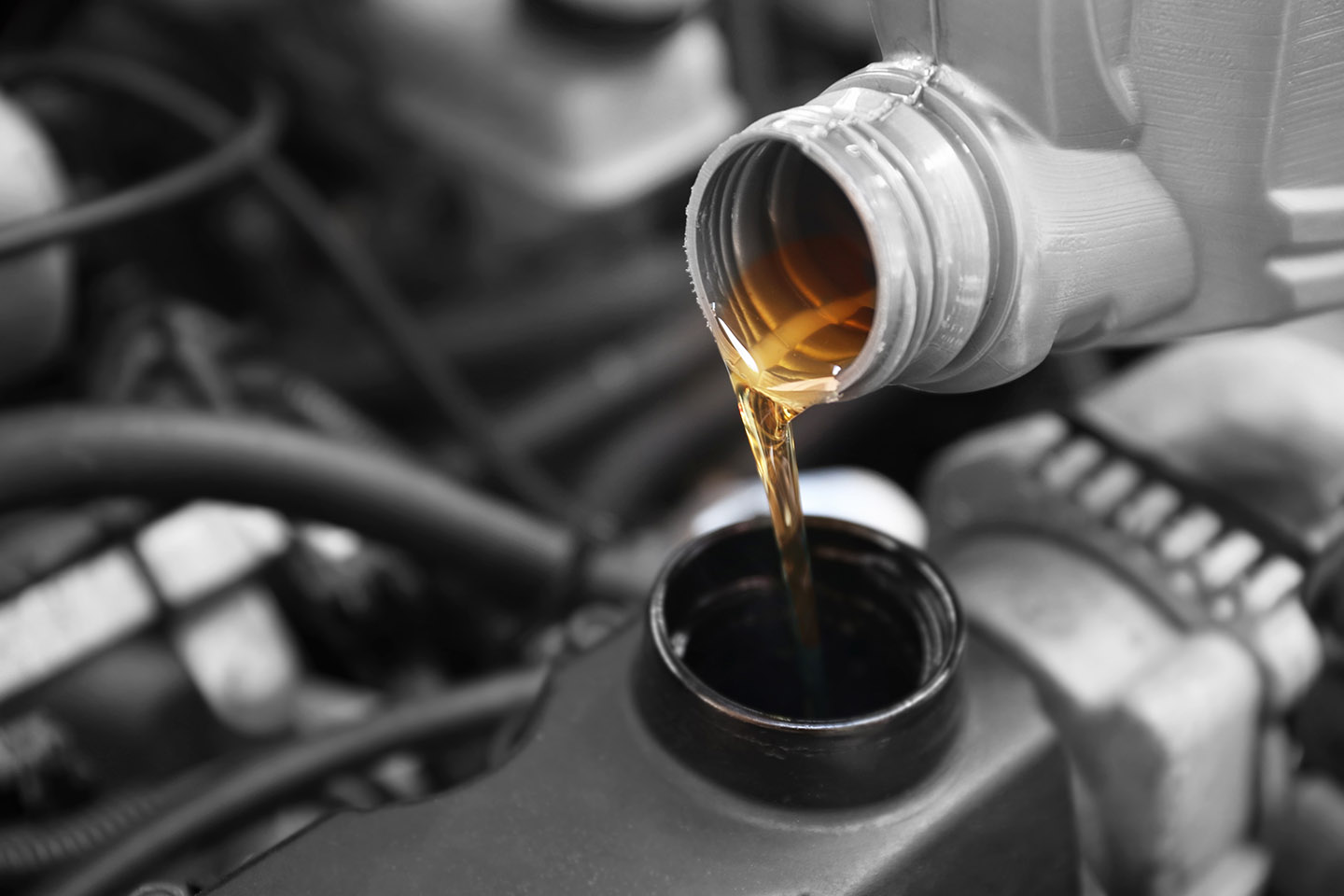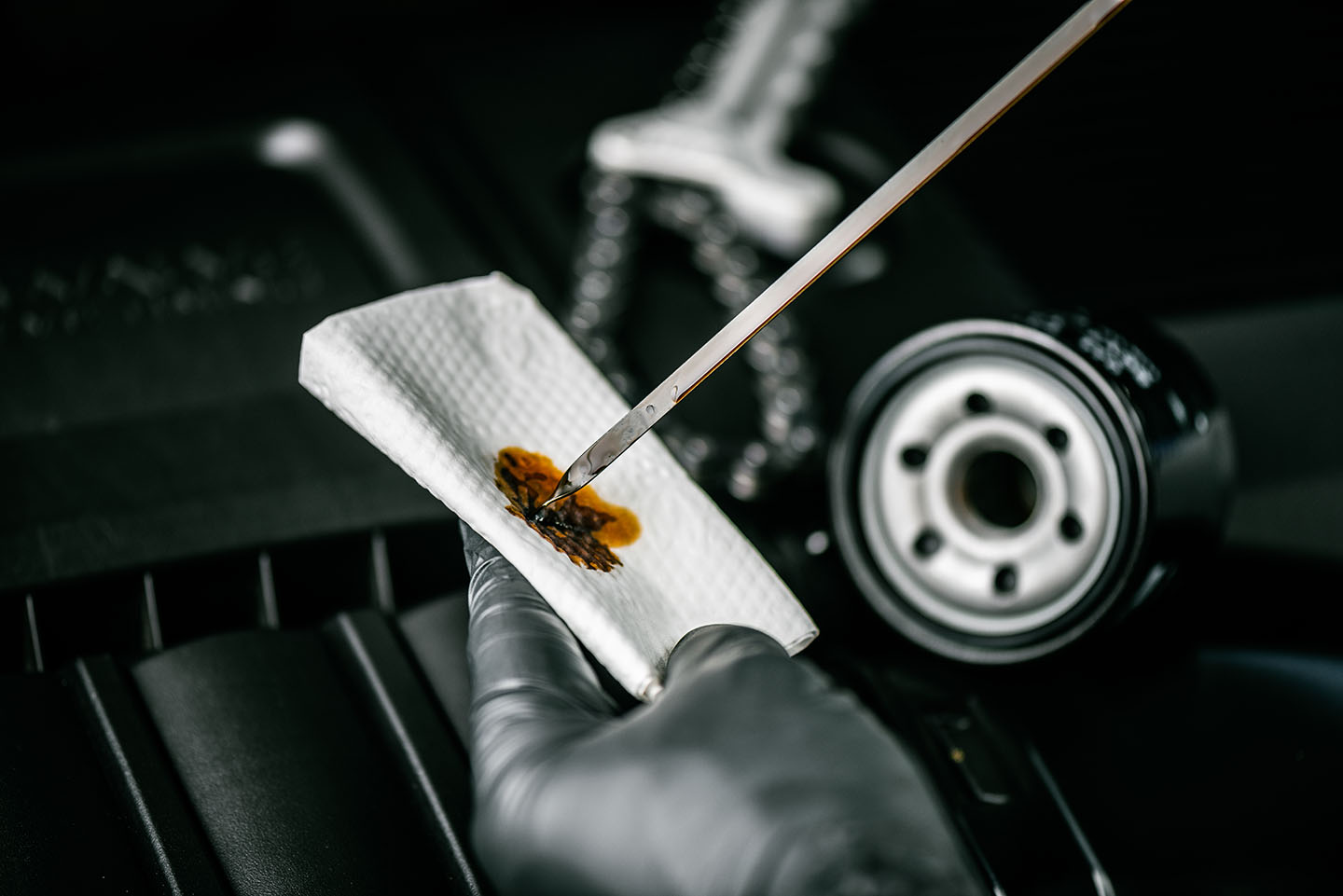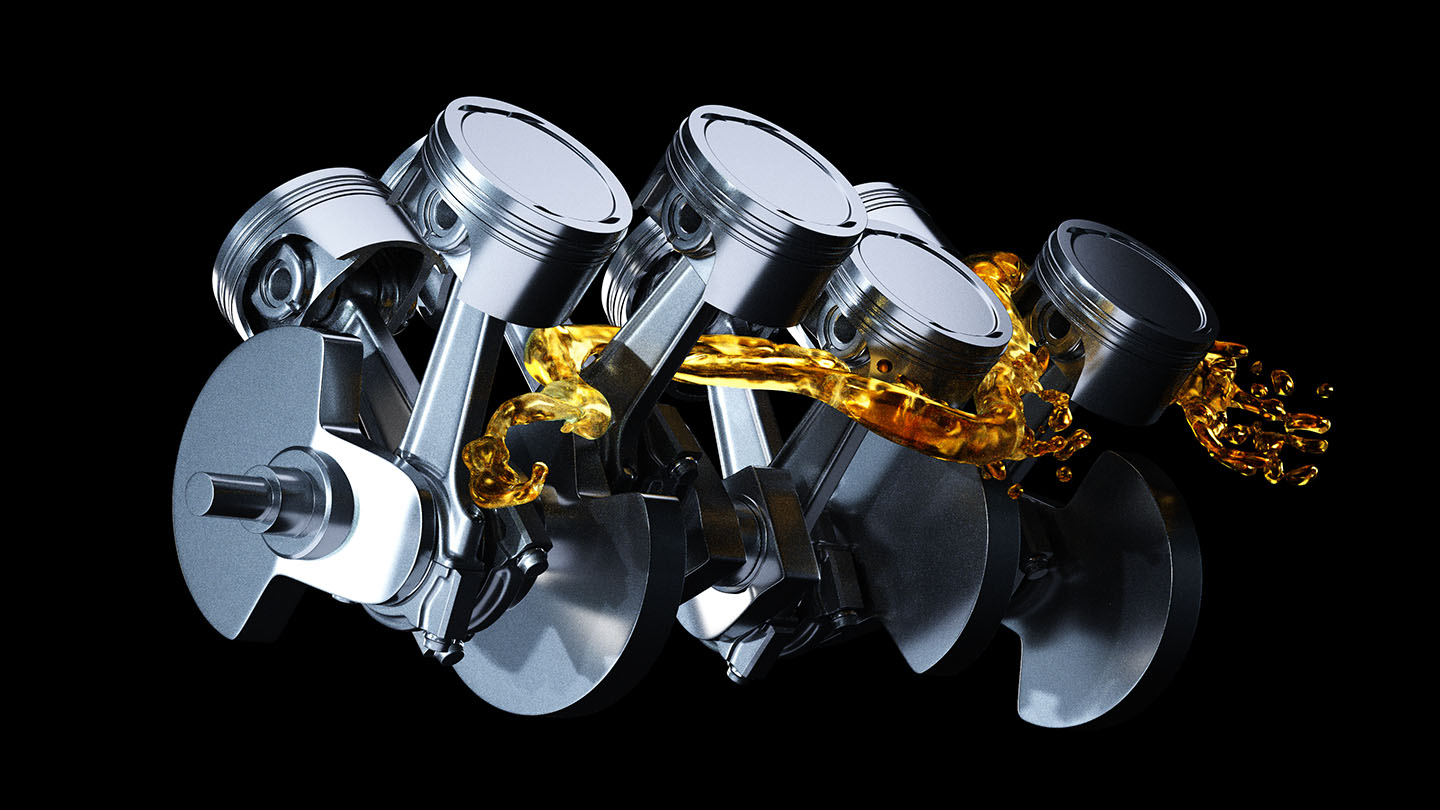How Much Oil Does a 7.3 Powerstroke Take?
Sep 27th 2023

Shutterstock.com / Africa Studio
Maintaining the oil supply is key for any diesel engine, including the Ford 7.3 Powerstroke. This decades-old engine remains an industry darling all these years later, thanks to its enduring reliability. While remarkably simple by today’s standards, it was considered quite advanced when it first hit the market in 1994, replacing the indirect injection (IDL) models that were popular at the time. You will find it on the Ford Super Duty line all the way up to 2003, including the F-250 and F-350.
The fuel is injected directly into the combustion chamber using the hydraulic electric unit injectors (HEUI) system, producing more power with fewer emissions than the IDL method. The oil in the fuel injectors pressurizes the fuel before spraying it as a fine mist. If there’s not enough oil in the system, the engine will burn through more fuel than necessary while losing power.
You need to change the oil in the 7.3 Powerstroke regularly to maintain fuel efficiency and engine power. The maintenance interval for oil changes varies based on your driving style. Experts recommend changing the oil every 5,000 miles in normal driving conditions and every 3,000 miles in heavy-duty conditions with excess hauling.

Shutterstock.com / Nor Gal
What Type of Oil Should I Use on the 7.3 Powerstroke?
The manufacturer recommends using the following diesel oils:
- Blue Diamond PAO Synthetic 5W-40
- Blue Diamond PAO Synthetic 10W-30
- Green Diamond Synthetic 5W-40
- Green Diamond Synthetic 10W-30
The “W” on the label stands for winter viscosity grade. Oil increases viscosity in cold weather, which makes it harder to pump through the system. Diesel oil with a lower winter viscosity grade is more fluid in cold weather. Use oil with a lower W rating in the winter for faster start-up times.
Watch Out for Oil Leaks
The engine could run out of oil before the 5,000-mile mark if there’s a leak in the system. Fuel efficiency and power will be the first to go. You might also see smoke coming from under the hood. The oil spreads through the engine via the high-pressure oil pump, which will wear down over time. The O-rings can break off, leaking oil into the crankcase. If the HPOP is on its way out, the fuel pressure will gradually decrease. Replace the 7.3 HPOP every 400,000 to 500,000 miles or sooner if these symptoms appear.

Shutterstock.com / 3d_illustrator
There could also be an issue with the injection pressure regulator (IPR) valve, which regulates the oil pressure in the fuel injectors based on the given RPM and what’s needed to power the engine. The IPR keeps the oil anywhere from 500-3000 PSI, which then pressurizes the fuel. The injector pressure regulator will also degrade with age, causing leaks in the bay area. Replace the 7.3 Powerstroke IPR if power and fuel efficiency start to lag. Don’t forget to check the oil pan, including the gaskets, the seals, and the bottom of the pan itself, for possible signs of damage, such as rust and corrosion. Fuel can leak into the oil supply, spreading water through the system.
If you are running through more oil than usual or notice a drop in power or fuel efficiency after changing the oil, you will need to replace one or more of these parts. This means draining the oil supply and removing the necessary parts. Once the new part has been installed, all the parts need to be reinstalled before refilling the tank with 15 quarts of oil. Consider buying your diesel parts ahead of time before visiting your local mechanic. Need more fleet maintenance advice for different models? Learn about the oil capacity for 6.7 Powerstroke engines and the issues they also face.
Practicing regular maintenance will help prevent damage to other components of the engine. Without oil, the metal parts will grind together, leading to more leaks and performance issues. Keep the oil at the proper level to increase lubrication throughout the engine. A little bit of oil can go a long way toward saving you money on repairs.
